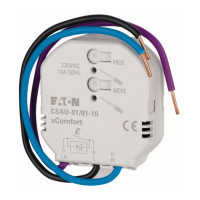
Do you have a question about the Eaton xComfort CSAU-01/01-10 and is the answer not in the manual?
| Product name | Eaton xComfort CSAU-01/01-10 |
|---|---|
| Category | Controller |
| Frequency | 868.3 MHz |
| Power supply | 230 V AC |
| Power Consumption | 0.5 W |
| Operating Temperature | -5°C to +45°C |
| Protection Class | IP20 |
| Certification | CE |
| Mounting | Flush-mounted |
| Protocol | xComfort |
Illustrates wiring behind existing push buttons or switches.
Shows the wiring diagram for a hotel switch configuration.
Details compliance with Low Voltage, EMC, RTTE, and RoHS directives.
Specifies the testing body and its notified body number.
Indicates the date when the CE mark was affixed to the product.
How to identify and locate the device within the MRF system.
Procedure for modifying the device's local input behavior.
Initiating the mode for selecting input parameters.
Selecting input modes by repeatedly pressing buttons.
Automatic stopping of input selection mode after 10 seconds.
Details on the manual switching function of the device.
Initiating the manual switching operation.
Switching the device ON/OFF by pressing buttons multiple times.
Automatic stop of manual switching mode after 10 seconds.
Procedure for resetting the actuator to its default state.
Initiating the device's programming mode.
Holding a button until the actor switches five times for verification.
Procedure to stop the programming mode.
Assigning a sensor to the device in its basic operating mode.
Setting the sensor to its correct starting position and/or mode.
Selecting a function mode by pressing buttons multiple times.
Activating the sensor, causing the actor to switch twice for verification.
Procedure for removing a sensor from the device's basic mode.
Activating the sensor until the actor switches five times for verification.
General information on the intended use of xComfort products in private homes.
Details on installation by authorized specialists, fuse protection, and general installation rules.
Information on where xComfort products should and should not be used, especially regarding safety functions.
Prerequisites for specialists, handling missing information, service life, and contact information.
Conditions for warranty claims, liability for installation mistakes, and third-party configurations.

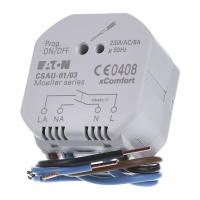
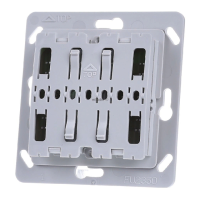


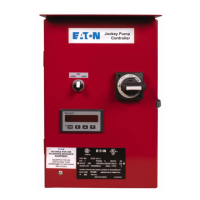
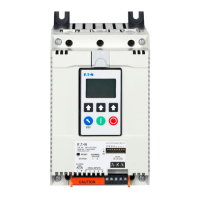

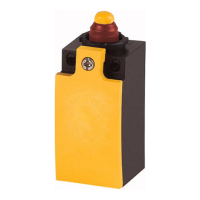
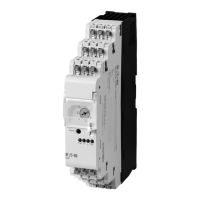
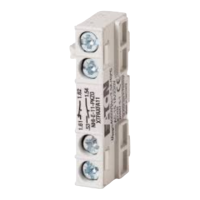
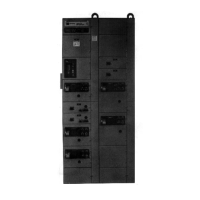
